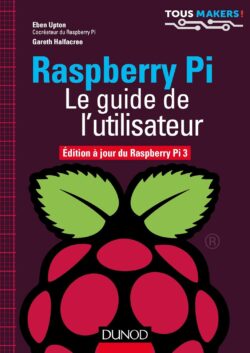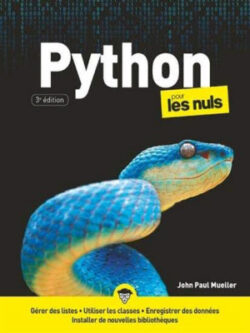1. what is pass instruction
In Python, the pass statement is a null operation or a placeholder statement. It is used when a statement is required syntactically, but no action is desired or necessary.
The pass statement does nothing and serves as a placeholder to avoid a syntax error. It is often used as a temporary placeholder when writing code or as a placeholder for empty code blocks. It is commonly used in situations where you want to define a function, class, or control structure such as an if statement or loop, but you haven't yet implemented the code that should be executed.
2. Examples of use of pass instruction
Here is an example of using the "pass" instruction in Python:
Example
|
1 2 3 4 |
def my_function(): pass # Placeholder for function body class MyClass: pass # Placeholder for class body |
In this example:
- both the function and the class: are defined, but they do not have any implementation yet.
- The "pass" keyword: is used as a placeholder to indicate that the code block is intentionally empty.
- In summary, the "pass" instruction: is a tool that programmers can use to mark an empty section of code, and to allow a program to compile and run without generating an error.
- It is a useful technique: for structuring code in a way that makes it easy to fill in missing logic later on.
Younes Derfoufi
CRMEF OUJDA


